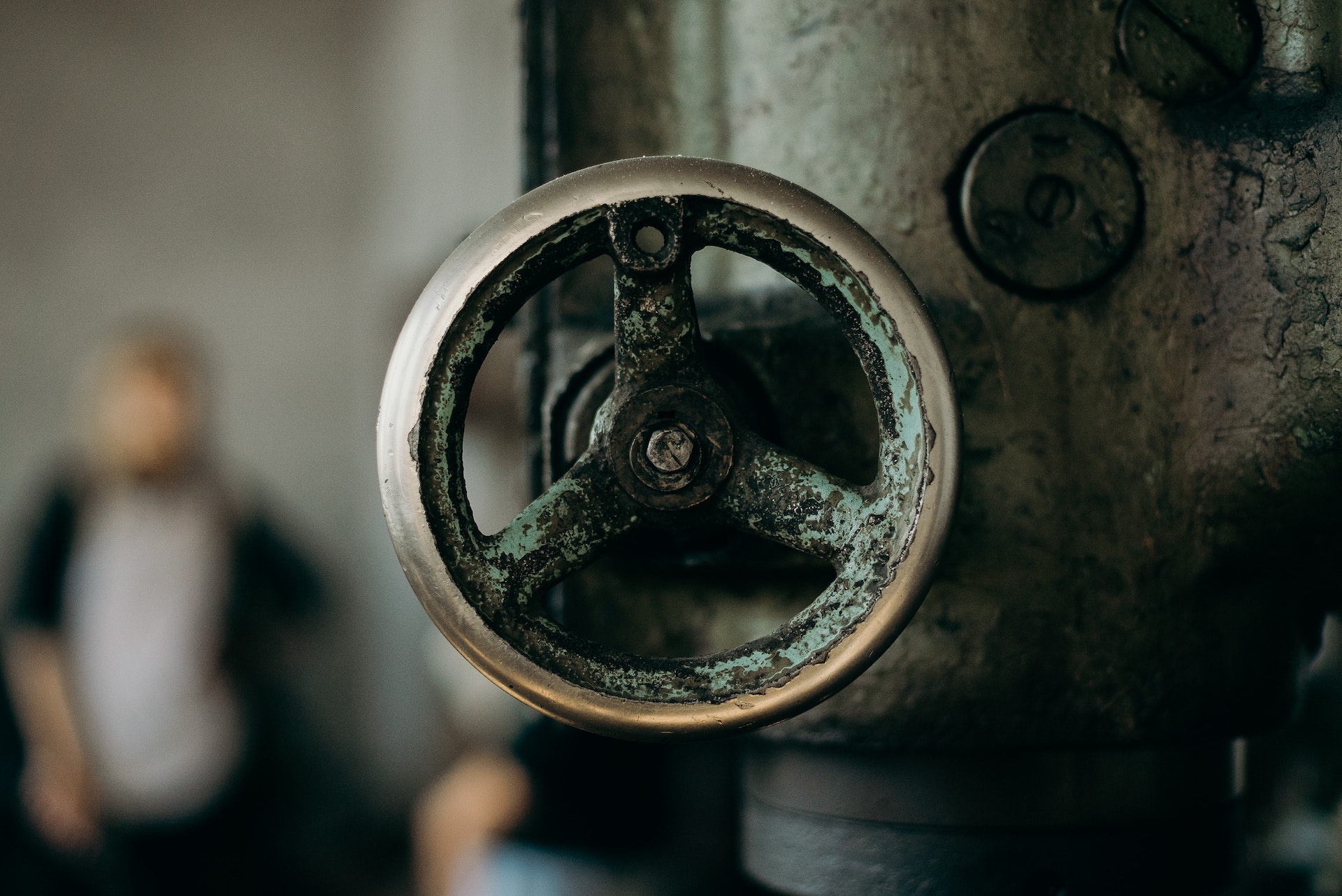No. 36: Install automatic shut-off valves
No. 36: Install automatic shut-off valves
Number 36
Installing automatic shut-off valves in the school can prevent water waste, save money on utility bills, and reduce the risk of water damage. These valves are an effective way to conserve water and protect school facilities from potential damage caused by water leaks.
Learn why you should do this:
Installing automatic shut-off valves in a school’s plumbing system can have numerous environmental and financial benefits. These valves work by automatically shutting off the water supply when a leak or other plumbing issue is detected, preventing water waste and potential damage to the building. In this article, we will explore the environmental and financial benefits of installing automatic shut-off valves in schools and provide citations and data from known experts.
First and foremost, automatic shut-off valves can significantly reduce water waste in schools. According to the Environmental Protection Agency (EPA), an estimated 10% of homes have leaks that waste at least 90 gallons of water per day. While the percentage may be lower in schools, the potential for water waste is still significant. By installing automatic shut-off valves, schools can reduce the amount of water wasted due to leaks or other plumbing issues.
In addition to reducing water waste, automatic shut-off valves can also prevent costly damage to school buildings. A study conducted by the Insurance Institute for Business and Home Safety (IBHS) found that water damage is the second most common reason for insurance claims in educational facilities, accounting for 17% of all claims. By quickly detecting and stopping leaks, automatic shut-off valves can prevent costly water damage repairs and insurance claims.
Another benefit of installing automatic shut-off valves is improved water conservation. By reducing water waste, schools can conserve water and reduce their overall water usage. According to the EPA, a typical school can use up to 100,000 gallons of water per day. By installing automatic shut-off valves and other water conservation measures, schools can significantly reduce their water usage and save money on their water bills.
Furthermore, the installation of automatic shut-off valves can also help schools comply with environmental regulations and standards. Many states and local governments have implemented water conservation regulations that require buildings to reduce their water usage. By installing automatic shut-off valves and other water-saving devices, schools can comply with these regulations and reduce their environmental impact.
Finally, the installation of automatic shut-off valves can also provide financial benefits to schools. By reducing water waste and preventing costly water damage repairs, schools can save money on their water bills and insurance premiums. Additionally, by complying with environmental regulations and reducing their environmental impact, schools can improve their public image and potentially attract more students and funding.
In conclusion, the installation of automatic shut-off valves in schools can have numerous environmental and financial benefits. These valves can reduce water waste, prevent costly water damage repairs, improve water conservation, comply with environmental regulations, and provide financial savings. It is important for schools to consider installing automatic shut-off valves as a part of their overall water conservation and sustainability efforts.
Sources:
- Environmental Protection Agency. (n.d.). Fix a Leak Week. Retrieved March 14, 2023, from https://www.epa.gov/watersense/fix-leak-week
- Insurance Institute for Business and Home Safety. (2015). Water Damage in Educational Facilities. Retrieved March 14, 2023, from https://disastersafety.org/wp-content/uploads/2016/06/Water-Damage-in-Educational-Facilities-IBHS-Research-Center.pdf
- American Water Works Association. (n.d.). Water Efficiency in Educational Facilities. Retrieved March 14, 2023, from https://www.awwa.org/Resources-Tools/Resource-Topics/Water-Efficiency/Water-Efficiency-in-Educational-Facilities

All 100 ideas in one, easy to share ebook. Download now and start helping your school be its best version of itself...
Downloaded over 17,000 times!

More ways to make a difference, now!
No. 98: Allow only reusable dishware at school
Number 98 Using reusable dishware at schools has many benefits, including reducing waste, lowering costs, and promoting sustainability education. Research shows that switching to reusable dishware can have a significant positive impact on the environment and finances...
No. 74: Set up beehives in the school grounds
Number 74 Setting up beehives on school grounds can have numerous benefits, including environmental, educational, and financial advantages. The presence of bees can help to support local ecosystems, provide opportunities for student learning, and even generate revenue...
No. 50: Use food waste digesters for fertilizer
Number 50 Food waste digesters are an effective solution to reduce food waste and produce high-quality fertilizer for schools. This sustainable system not only benefits the environment by reducing greenhouse gas emissions, but it also saves schools money on waste...





